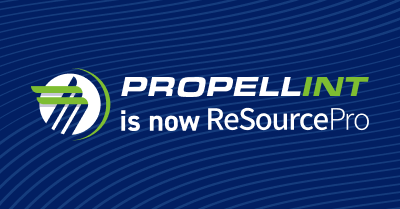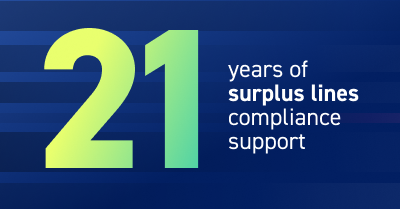If you’ve been in the insurance industry for long, you’ve seen references to the NAIC and NIPR. These two organizations play a fundamental role in regulating our industry. Still, exactly what they do—and how they relate to one another—isn’t always clearly understood.
The National Association of Insurance Commissioners (NAIC)
The insurance industry is regulated primarily at the state level. As early as 1871, however, state regulators realized the value of making the various states’ regulations more consistent. They came together to create the NAIC, a support organization governed by the top insurance regulators. It represents the interests of the 50 states, the District of Columbia, and the five American Territories.
Now, more than 150 years later, the NAIC continues to provide “expertise, data, and analysis for insurance commissioners to effectively regulate the industry and protect consumers.” It also serves as a liaison between U.S. regulators and their international counterparts. In addition to providing education and accreditation, the NAIC addresses the challenges that will shape the future of our industry. For instance, in 2022, its priorities included cybersecurity and data privacy, diversity and inclusion, long-term care insurance, and developing sustainable solutions for identifying and mitigating risks arising from climate change and natural catastrophes.
The National Insurance Producer Registry (NIPR)
With the emergence of the internet, it became advantageous for regulators to share information between their data management systems. Doing so, however, required standardizing the information collected and how insurance departments processed and stored that information. To help meet this need, in 1996, the NAIC created a non-profit affiliate, the National Insurance Producer Registry. The NIPR’s leadership includes both state regulators and insurance trade associations.
On its website, the NIPR describes its role as, “a licensing and compliance resource for insurance professionals, providing expertise, agile technical solutions, innovative tools and data to support the changing needs of state regulators and the insurance industry.”
Electronic resources created and maintained by the NIPR include:
- The Producer Database (PDB) – a database of information for individuals and entities licensed to sell insurance products in the various jurisdictions
- The NIPR Gateway – an electronic communication network/protocol that enables producers and insurance companies to share information with the NIPR and with one another
- The Attachments Warehouse – an electronic repository for legal documents, letters of explanation, etc. related to the Background Screening Questions on the Uniform Applications and to administrative actions reported to the NIPR, as well as additional licensing documents required by state insurance departments
- The Regulatory Information Retrieval System (RIRS) – a database of actions taken against insurance producers, companies, or other regulated entities by the states
The availability of these tools has made the licensing and compliance process much faster and more accurate. This efficiency benefits state regulators, insurance professionals, and consumers alike. It also spurred an ongoing cycle of innovation. Data sharing encourages greater uniformity, which in turn makes it even easier to share important information.
The Future of Insurance
Globalization and innovative digital technologies continue to expand the opportunities for American insurance professionals. Consequently, the NAIC and NIPR will continue to play vital roles in nurturing our industry and encouraging agility and transparency.
Find out how ReSource Pro helps insurance agencies and producers meet their licensing and compliance needs by visiting our compliance page.



